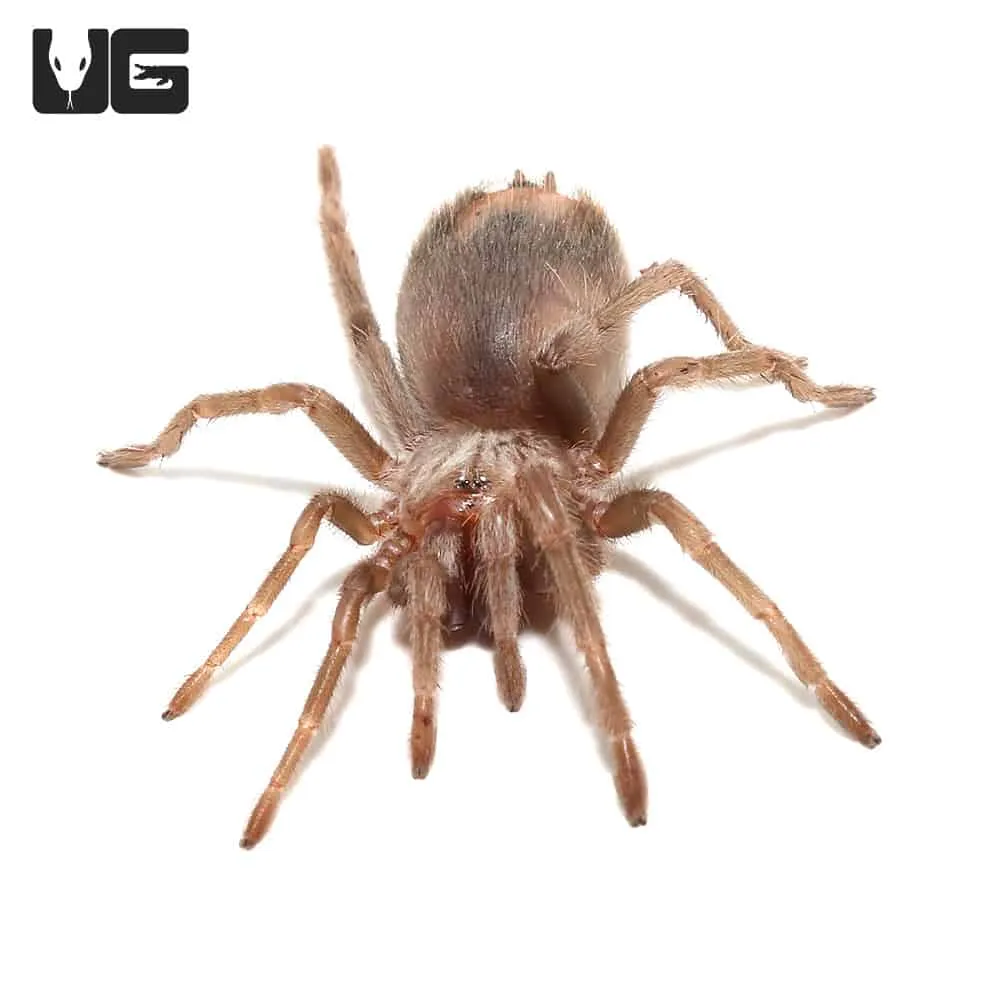What is a Pink Salmon Tarantula?
The Pink Salmon Tarantula (also known as Lasiodora parahybana) is a large, captivating species of tarantula highly sought after by arachnid enthusiasts. Native to Brazil, this terrestrial tarantula is popular in the pet trade due to its impressive size, relatively docile temperament, and striking appearance. Before considering a pink salmon tarantula for sale, understanding its basic characteristics is essential. This includes knowing its size, lifespan, and specific care requirements. These spiders can make fascinating pets, but they do require responsible ownership.
Appearance
One of the most defining features of the Pink Salmon Tarantula is its size. Adult females can reach impressive leg spans, often exceeding 10 inches, making them one of the largest tarantula species available. Their overall coloration is typically a deep brown or chocolate hue, with the key distinguishing feature being the pinkish or salmon-colored hairs that cover their legs and carapace. The abdomen is covered with urticating hairs, which the tarantula can flick off as a defense mechanism, causing skin irritation. Their large size and unique coloration contribute to their visual appeal, making them a stunning centerpiece in any collection.
Lifespan
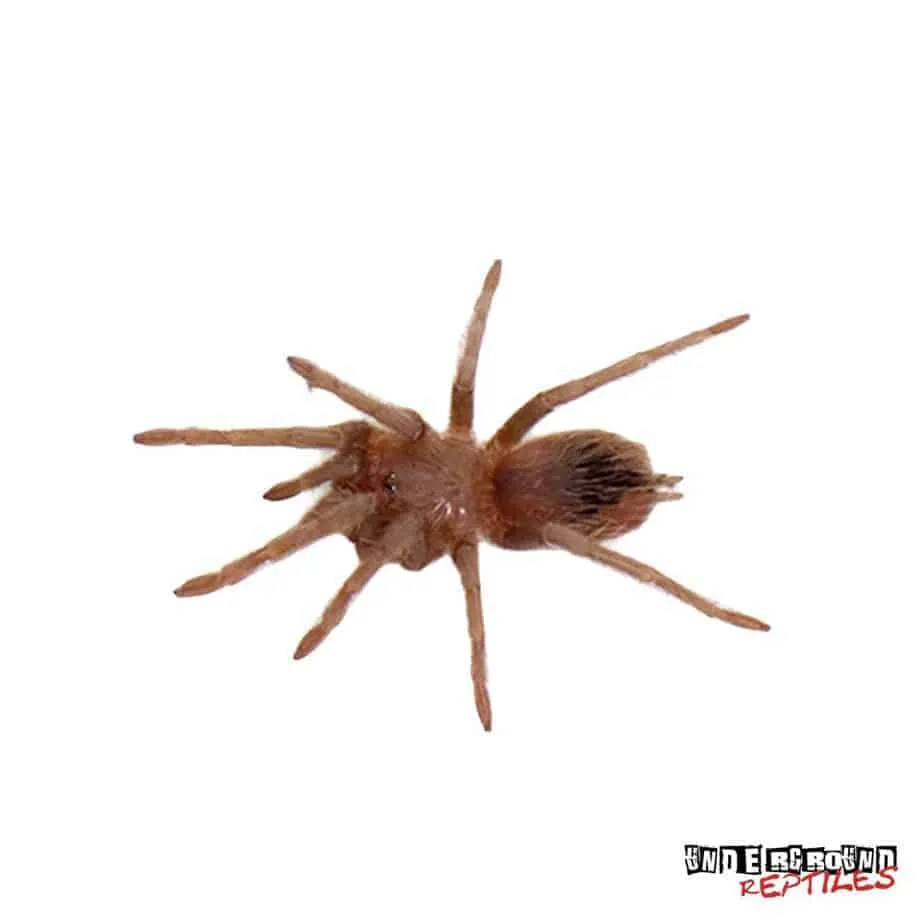
When considering a pink salmon tarantula for sale, it’s important to understand the commitment involved, particularly in terms of lifespan. Female Pink Salmon Tarantulas can live for an impressive amount of time, often exceeding 15 to 20 years, or even longer with proper care. Males, however, have a much shorter lifespan, typically only living for a few years after reaching maturity. This disparity in lifespan is a critical factor for prospective owners to consider, as it impacts the long-term responsibilities and care commitments involved in owning this pet. Investing in a female means a much longer companionship, making it a significant responsibility.
Origin and Habitat
The Pink Salmon Tarantula originates from the rainforests of Brazil, specifically the regions of Parahyba. In their natural habitat, they are terrestrial, meaning they spend most of their time on the ground. They are known to burrow and create elaborate webs. Their environment consists of high humidity and moderate temperatures. Replicating this environment in captivity is crucial for their health and well-being. Understanding their natural habitat allows owners to create a suitable enclosure that mimics their native environment and provides the necessary conditions for them to thrive. This includes the right substrate, temperature gradient, and humidity levels.
Why is it Called Pink Salmon?
The common name “Pink Salmon Tarantula” is derived from the distinctive pink or salmon-colored hairs that adorn their legs and carapace. This coloration is particularly noticeable in younger specimens and can become less vibrant as they mature. The specific shade can vary slightly depending on the individual tarantula. This vibrant coloration sets them apart from many other tarantula species. These eye-catching hues make them visually appealing to many hobbyists. This unique feature, combined with their impressive size and relatively docile nature, contributes to their popularity among tarantula enthusiasts.
Pink Salmon Tarantula Care
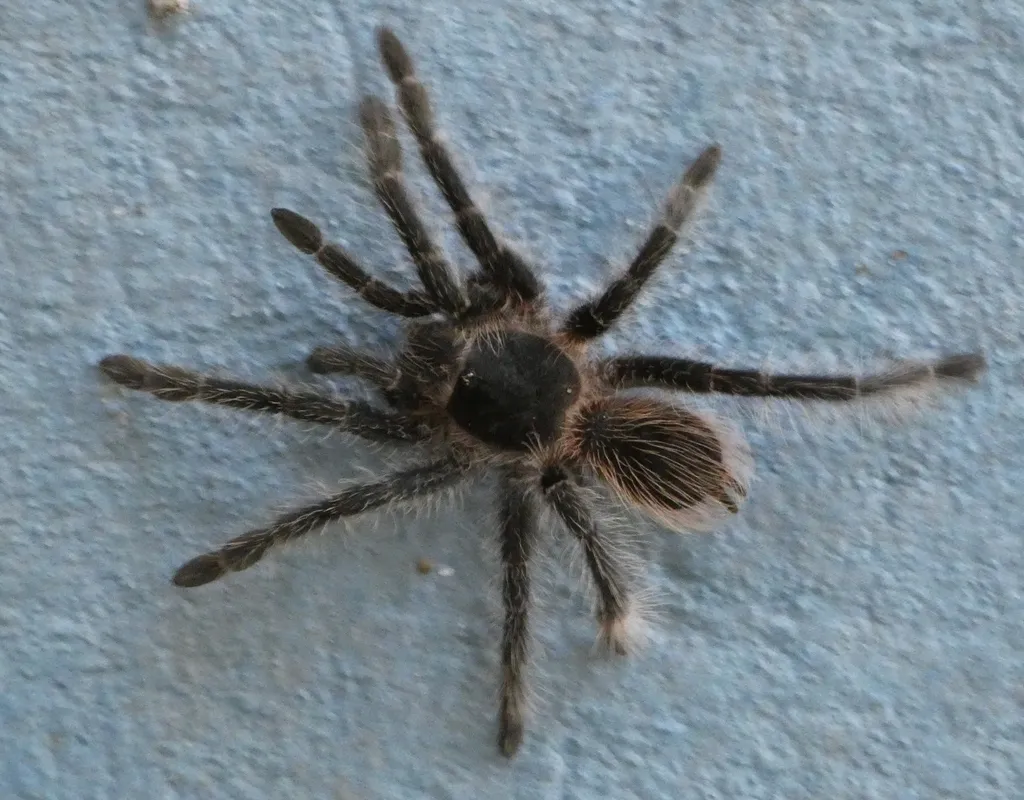
Caring for a Pink Salmon Tarantula requires attention to detail and a commitment to providing a suitable environment. This involves setting up a proper enclosure, maintaining appropriate temperature and humidity levels, and providing a nutritious diet. They are known for being relatively hardy, but they still require specific care to ensure their health and longevity. Before you consider a pink salmon tarantula for sale, it is crucial to research and understand their requirements to ensure you can provide the best possible care.
Enclosure Setup
The enclosure for a Pink Salmon Tarantula should be large enough to accommodate its size and allow for movement and burrowing. A minimum size of 20 gallons is recommended for adults, with larger enclosures being beneficial. The enclosure should be well-ventilated but escape-proof, with a secure lid. The substrate should be deep enough for burrowing and should retain moisture. Suitable substrate options include a mix of coco fiber, peat moss, and vermiculite. Adding a hide, such as a cork bark or a pre-made hide, is essential for providing a secure and comfortable environment. A shallow water dish should always be available, filled with clean water.
Temperature and Humidity
Maintaining the correct temperature and humidity levels is vital for the health and well-being of a Pink Salmon Tarantula. The ideal temperature range is between 75°F and 85°F (24°C and 29°C). This can be achieved using a heat mat or a ceramic heat emitter placed on the side of the enclosure, but make sure not to overheat. Humidity levels should be kept between 60% and 70%. This can be achieved by misting the enclosure regularly or providing a large water dish. Regularly monitoring temperature and humidity levels with a thermometer and hygrometer is essential to ensure the conditions are within the appropriate range.
Feeding
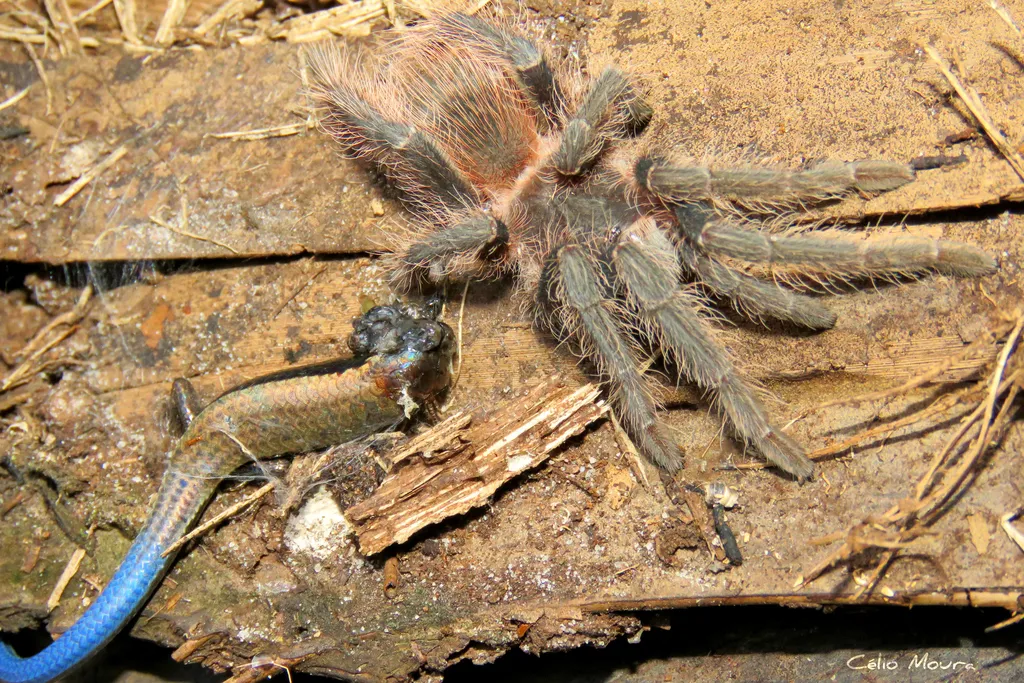
Pink Salmon Tarantulas are voracious eaters. Their diet typically consists of insects, such as crickets, cockroaches, and mealworms. The size and type of insects should be appropriate for the tarantula’s size. It is important to offer a variety of insects to ensure a balanced diet. They should be fed 1-2 times per week, adjusting the frequency based on their appetite and growth rate. Leftover food should be removed to prevent the growth of mold or mites. Always provide fresh water in a shallow dish.
Handling and Safety
While Pink Salmon Tarantulas are generally considered docile, they should still be handled with caution. It’s generally best to avoid handling them unless absolutely necessary. Their urticating hairs can cause skin irritation, and they can bite if they feel threatened. If handling is required, do so close to the ground to prevent injury in case of a fall. Always wash your hands thoroughly before and after handling your tarantula. Never provoke your tarantula or make sudden movements around it.
Is a Pink Salmon Tarantula Right for You?
Before you decide to buy a Pink Salmon Tarantula for sale, it’s important to consider whether this species is a good fit for your lifestyle and experience level. These tarantulas are fascinating creatures, but they do require a certain level of commitment and understanding. They are not as hands-on as some other pets, and their care requires consistent attention to detail. Prospective owners should also be prepared for the long lifespan of the female. The decision to own one of these tarantulas should be made after careful consideration.
Temperament
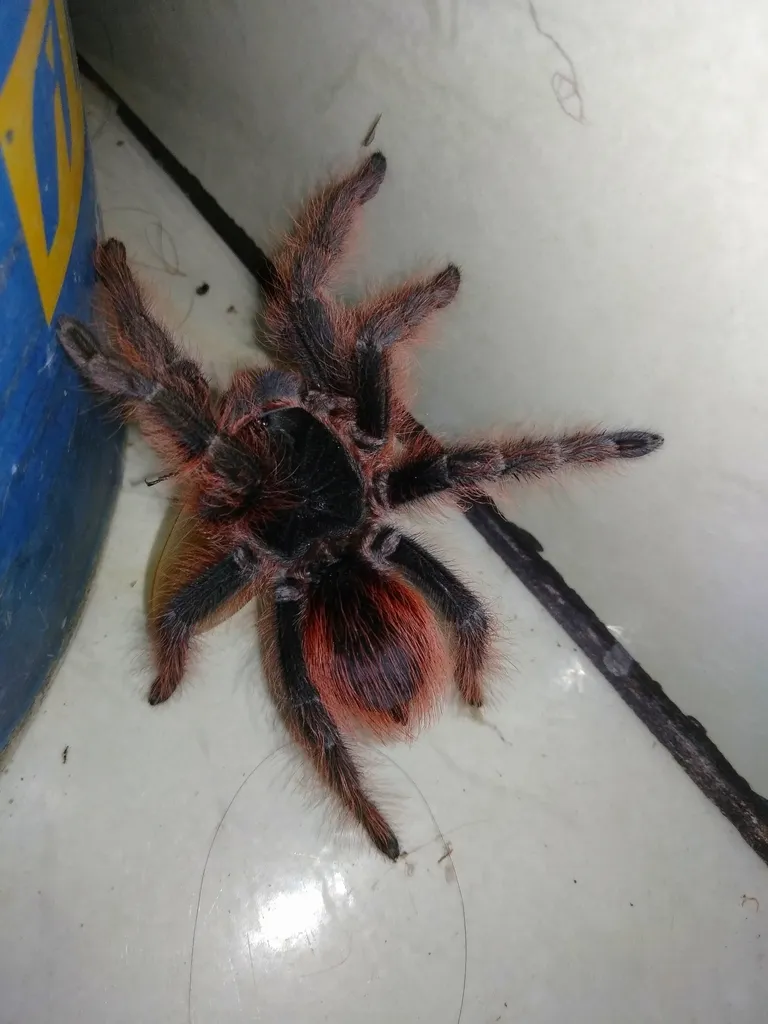
Pink Salmon Tarantulas are generally considered to have a relatively docile temperament compared to some other tarantula species. However, they can still be skittish and may flick urticating hairs as a defense mechanism when feeling threatened. They are not typically aggressive, but bites can occur if they feel provoked. It’s essential to respect their space and handle them with care and gentleness. Over time, with proper handling and a comfortable environment, some tarantulas may become more accustomed to their owners, but it’s important to never force interaction.
Cost and Availability
Pink Salmon Tarantulas are typically available for sale from reputable breeders and pet stores that specialize in exotic animals. The cost can vary depending on the size, sex, and age of the tarantula. Expect to pay a higher price for larger, more mature specimens. When looking for a pink salmon tarantula for sale, research the seller’s reputation and ensure the tarantula is healthy. The cost of the tarantula is just the beginning, you will need to factor in the costs of the enclosure, substrate, heating, feeding, and other supplies. The ongoing costs of care should be considered before purchasing a pink salmon tarantula for sale.
Conclusion
The Pink Salmon Tarantula is a captivating species that can make a rewarding pet for those who are prepared to provide the proper care. Understanding their needs, from enclosure setup to feeding and handling, is critical for ensuring their health and well-being. If you are considering a pink salmon tarantula for sale, conduct thorough research and ensure you can meet all of their requirements. With proper care and a commitment to their needs, you can enjoy the unique beauty and fascinating behavior of this impressive arachnid for many years to come.
